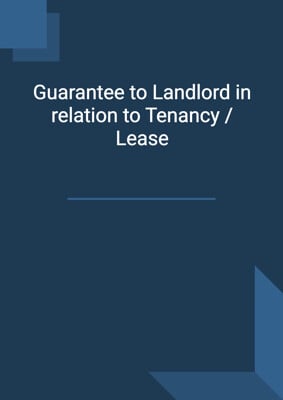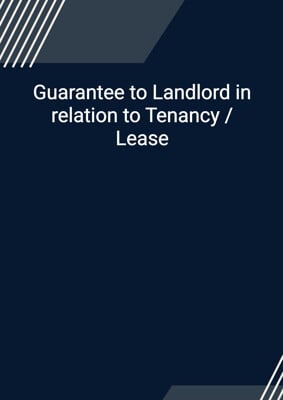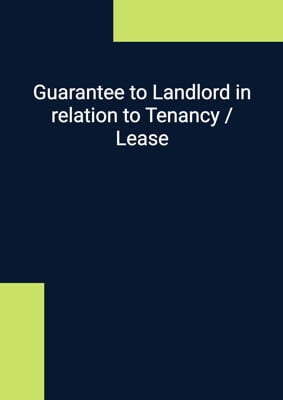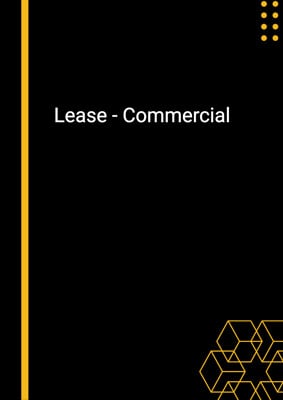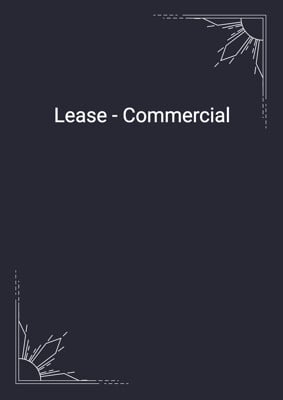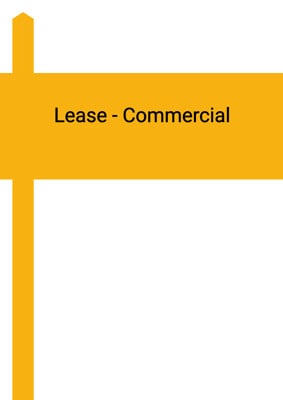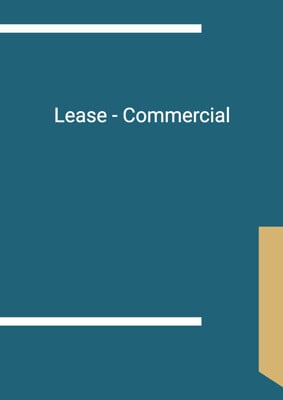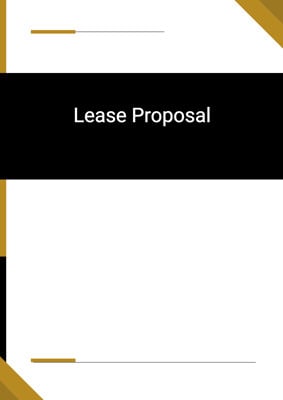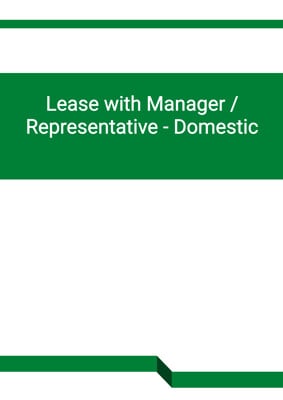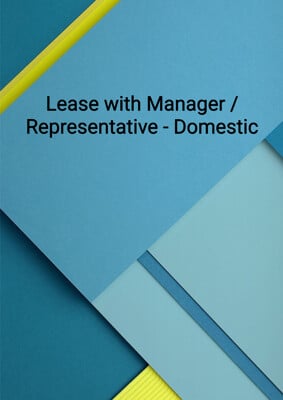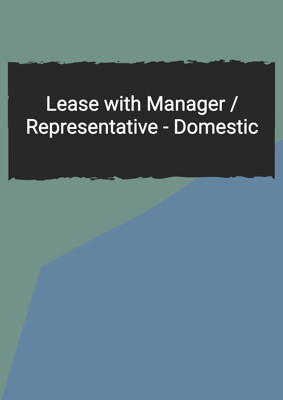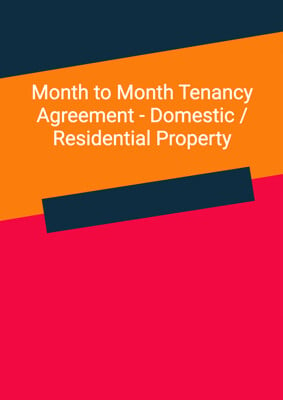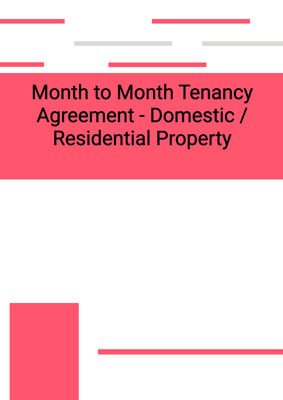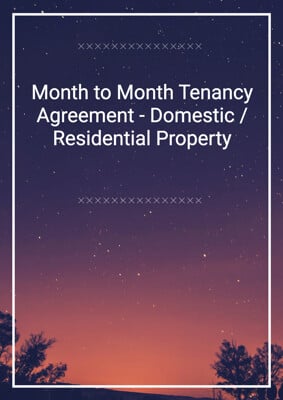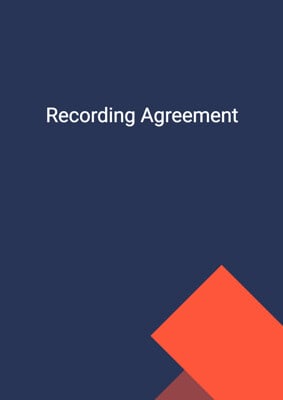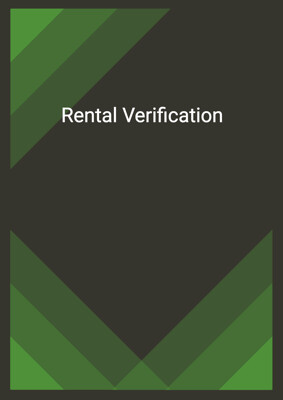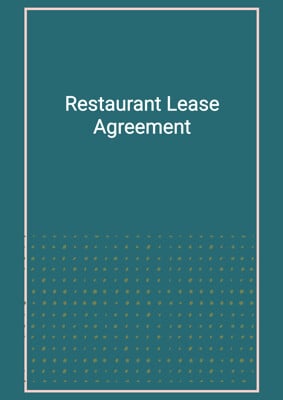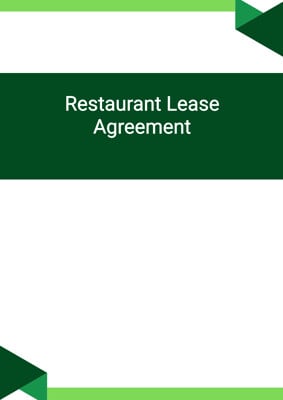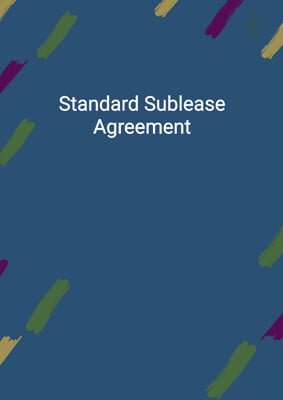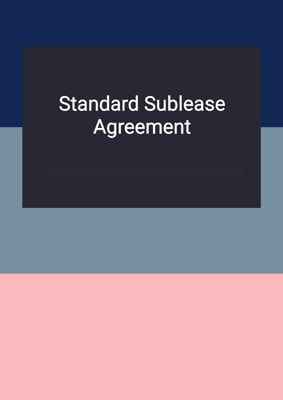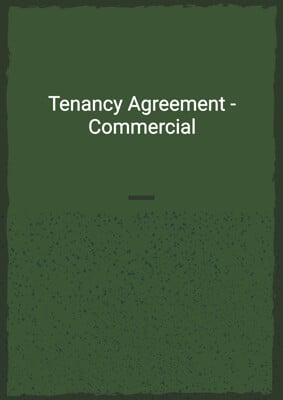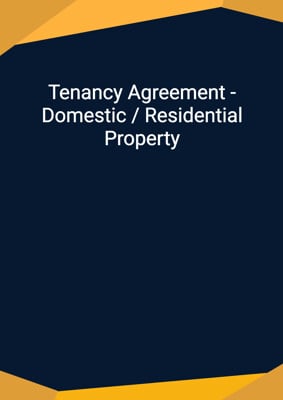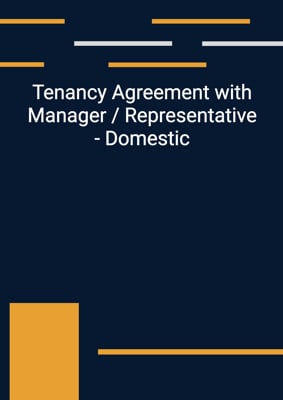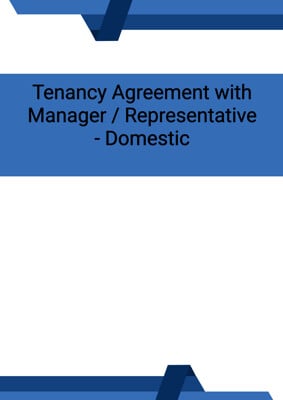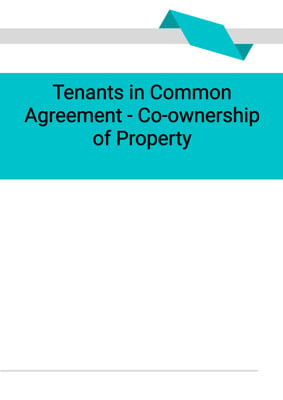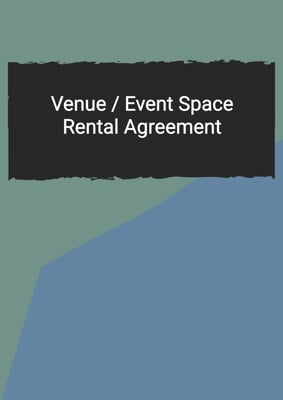How to Tailor the Document for Your Need?
01
Create Document
Fill in the details of the parties. You can click the "Fill with Member’s Information" button to complete it with information saved to your account.
02
Fill Information
Please fill in any additional information by following the step-by-step guide on the left hand side of the preview document and click the "Next" button.
03
Get Document
When you are done, click the "Get Document" button and you can download the document in Word or PDF format.
04
Review Document
Please get all parties to review the document carefully and make any final modifications to ensure that the details are correct before signing the document.
Document Preview
Document Description
The 'Tenancy Agreement - Commercial' is a document that outlines the terms and conditions of a lease agreement between a landlord and a tenant for commercial premises. The document begins by highlighting the importance of the agreement and the need for both parties to observe and perform the terms and conditions. It provides a detailed introduction to the entire document and each section, ensuring that all parts of the agreement are described comprehensively.
The first section of the document focuses on the tenancy itself. It states that the landlord agrees to lease the premises to the tenant for commercial purposes. The total area of the premises is specified, ensuring that both parties are aware of the size of the space.
The second section covers the term of the tenancy. It states the duration of the lease, including the start and end dates. It also mentions the possibility of a break clause, allowing either party to terminate the agreement after a certain period of time. The conditions for termination and any compensation required are clearly outlined.
The third section addresses the rent. It specifies the amount of rent, the frequency of payment, and any additional charges or fees included in the rent. It also clarifies that the tenant must pay for utilities such as water, electricity, gas, telephone, and other outgoings.
The fourth section discusses the deposit. It states the amount of the deposit and the conditions for its payment. It also explains the circumstances under which the deposit may be retained by the landlord, such as if the tenant breaches the agreement.
The fifth section covers other charges. It outlines the tenant's responsibility for paying charges related to water, electricity, telephone, internet, gas, and heating, based on consumption. It also specifies which party is responsible for other payments, such as management fees, government rates and rent, and property tax.
The sixth section details the landlord's responsibilities. It includes provisions for the landlord to maintain the premises, provide necessary services, ensure legality, and be responsible for repairs and maintenance. It also mentions the landlord's obligation to pay taxes and comply with laws and regulations.
The seventh section outlines the tenant's responsibilities. It includes provisions for the tenant to pay rent and charges promptly, maintain the premises, obtain written consent for any alterations, and comply with laws and regulations. It also allows the landlord to enter the premises for repairs and inspections.
The eighth section addresses termination and renewal. It specifies the conditions under which either party can terminate the agreement and the process for renewing the tenancy. It also mentions the consequences of non-payment or breach of the agreement.
The ninth section covers situations where the premises become unfit for occupation. It explains the rights and obligations of both parties in such cases, including the cessation of rent and the return of the deposit.
The tenth section includes miscellaneous provisions, such as the entire agreement clause, the validity of the agreement, waiver of breach, and the sharing of stamp duty costs.
The eleventh section clarifies that the agreement does not confer any rights on third parties.
The twelfth section specifies the governing law and jurisdiction for the agreement.
The thirteenth section addresses notices and service. It explains how notices should be served and provides the addresses of the parties for this purpose.
The schedule at the end of the document lists the fixtures, fittings, equipment, furnishings, parking spaces, storage facilities, and common areas included in the lease. It also outlines the tenant's responsibilities and any additional charges related to these facilities.
In summary, the 'Tenancy Agreement - Commercial' is a comprehensive document that covers all aspects of a lease agreement for commercial premises. It ensures that both parties understand their rights and obligations, and provides a clear framework for the tenancy.
How to use this document?
1. Enter the names and addresses of the landlord and tenant in the agreement, ensuring that both parties are clearly identified.
2. Specify the total area of the premises and the purpose of the lease, highlighting that it is for commercial use.
3. Clearly state the start and end dates of the tenancy, and any break clause or termination conditions.
4. Outline the rent amount and payment frequency, including any additional charges included in the rent.
5. Clarify the amount and conditions for the payment of the deposit, and the circumstances under which it may be retained by the landlord.
6. Specify the tenant's responsibility for paying charges related to water, electricity, gas, telephone, and other outgoings.
7. Detail the landlord's responsibilities, including maintaining the premises, providing necessary services, and ensuring legality.
8. Outline the tenant's responsibilities, such as paying rent and charges promptly, maintaining the premises, and obtaining written consent for alterations.
9. Explain the conditions for termination and renewal of the agreement, including the consequences of non-payment or breach.
10. Address situations where the premises become unfit for occupation, including the cessation of rent and the return of the deposit.
11. Include miscellaneous provisions, such as the entire agreement clause and the sharing of stamp duty costs.
12. Specify the governing law and jurisdiction for the agreement.
13. Provide the addresses of the parties for the purpose of serving notices.
14. List the fixtures, fittings, equipment, furnishings, parking spaces, storage facilities, and common areas included in the lease, and outline the tenant's responsibilities and any additional charges related to these facilities.
15. Ensure that both parties understand and agree to the terms and conditions of the agreement before signing.
16. Keep a copy of the signed agreement for future reference and legal purposes.
Not the right document?
Don’t worry, we have thousands of documents for you to choose from:





